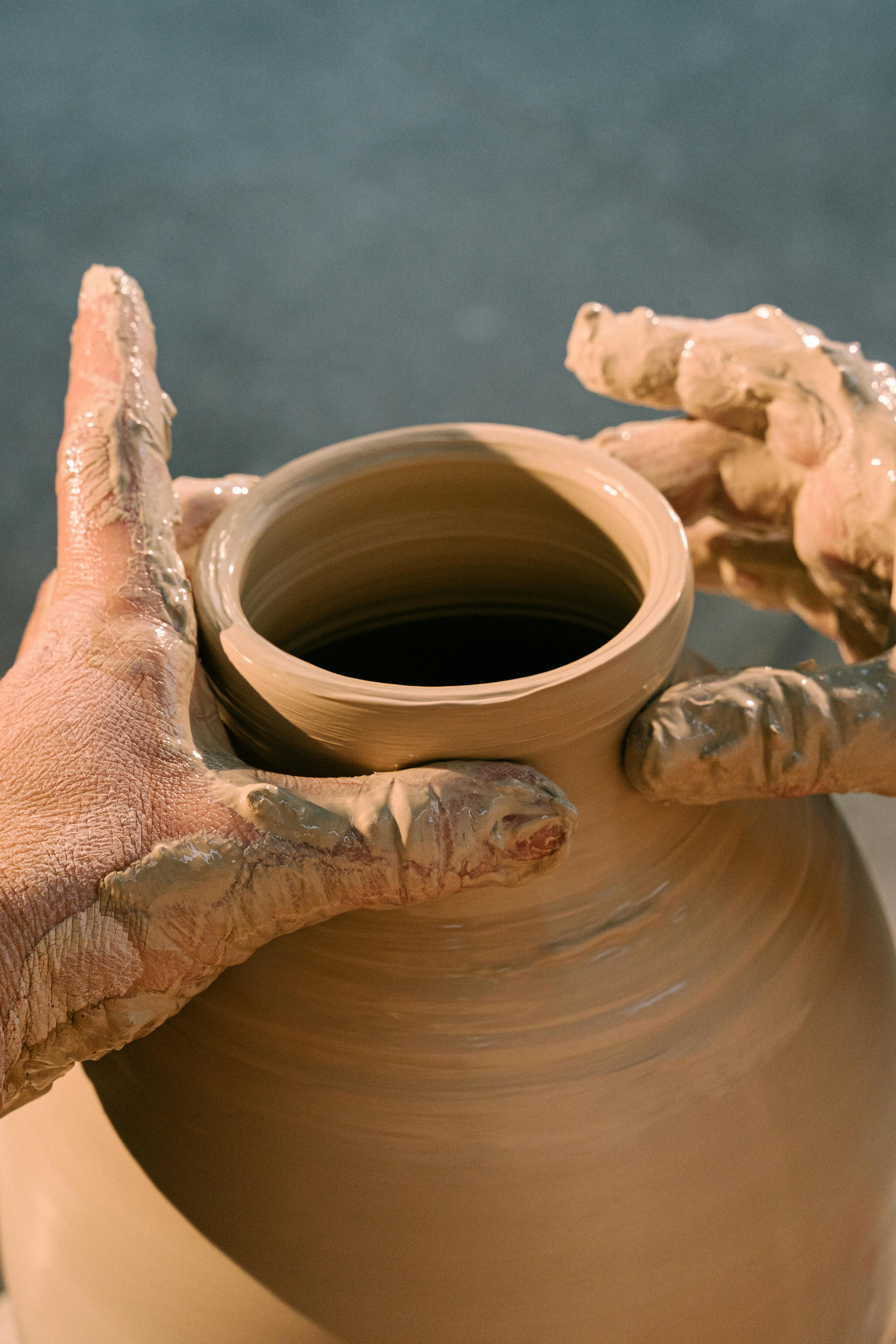How to Effectively Calculate the Area of a Square in 2025: Simple Steps to Succeed
Understanding how to calculate the area of a square is an essential skill in geometry, applicable in various real-life scenarios, from architecture to interior design. This article aims to explain the straightforward process involved in square area calculation, explore the formula for the area of a square, and delve into practical applications. With the ongoing advancements in educational resources, mastering this fundamental concept remains vital for students and enthusiasts alike in 2025.
The area of a square, defined as the space contained within its four equal sides, can be efficiently calculated using a simple mathematical formula. Not only is it crucial for academic pursuits, but it also has applications in construction, art, and everyday life. We’ll provide a comprehensive guide on how the formula is derived, explore common mistakes when calculating area, and provide insightful examples.
This roadmap will enhance your understanding of square area and its significance in various contexts. By the end of this article, you will have a clearer grasp of how to compute the area of a square and apply this knowledge practically. Let's dive into the fundamental principles of square geometry.
Essential Steps to Calculate the Area of a Square
Understanding the Area Formula for a Square
The formula for the area of a square is straightforward: A = s², where A represents the area, and s is the side length of the square. This equation reflects that the area is determined by squaring the length of one side. It's a fundamental geometric concept that applies universally, making it accessible for all levels of learners.
Calculating Area Using Side Length
To find the area using the side length, follow these steps: Measure one side of the square accurately. Then, apply the formula by multiplying the side length by itself. For instance, if the side length is 4 cm, then the area is 4 cm × 4 cm = 16 cm². This visualization aids in grasping the concept of squaring, an essential math operation.
Example Problems for Clarity
Let's work through a couple of example problems to solidify your understanding:
- If a square has a side length of 5 meters, the area can be calculated as follows: Area = 5 m × 5 m = 25 m².
- For a square with a side length of 10 inches, the area would be: Area = 10 in × 10 in = 100 in².
These examples illustrate how different units of measurement can affect the area calculations. Remember to ensure consistency in your units when performing calculations.
Understanding Units of Area for a Square
Common Units of Area Measurement
The unit of area for a square can vary based on the measurement system used. In metric terms, square meters (m²) are typically used, while in the imperial system, square feet (ft²) or square inches (in²) are common. It’s crucial to be aware of unit conversions, especially in fields like architecture and design.
Area Comparison Across Different Units
Understanding how to convert between different units of area is essential. For example, to convert square meters to square feet, you can use the factor of 10.764 (1 m² = 10.764 ft²) to ensure accurate calculations. This can significantly impact your results when working with measurements in different systems.
Practical Applications of Square Area in Real Life
The applications of square area are vast, from calculating the amount of flooring needed in a room to determining land area for construction projects. For instance, if you need to install tile in a square room with an area of 20 m², knowing the area helps in estimating the material needed effectively. Understanding square area also aligns with everyday calculations like gardening layouts or furniture arrangement.
Common Mistakes to Avoid When Calculating Square Area
Misunderstanding the Formula
One frequent mistake is misapplying the formula. Ensure you understand that the area is derived from squaring the side length, A = s². Failing to square the number properly can result in incorrect area values, leading to larger mistakes in practical applications.
Ignoring Unit Consistency
Another common error is disregarding unit consistency. Using different units for the side length and area can lead to erroneous calculations. Always standardize your units before performing area computations. For example, mixing centimeters with meters without converting can cause confusion and mistakes.
Rounding Errors in Calculations
Be mindful of rounding during calculations. For example, if measuring with a ruler, rounding off measurements can sometimes significantly affect the total area. Use precise measurements for more accurate area computation, especially in professional contexts like construction or design.
Visualizing the Area of a Square
Drawing Squares for Better Understanding
Visual representation of squares can enhance understanding. Drawing squares with labeled side lengths can simplify the calculation process. By sketching, you can clearly visualize how the area fills the square, reinforcing the concept of area measurement.
Using Area Grids for Calculation
Another method of visualizing areas is through grids. By overlaying a square with a grid where each cell represents a unit of area, students can physically count the cells to determine total area. This hands-on approach makes learning fun and interactive, especially for kids.
Employing Technology for Area Visualization
With advancements in technology, using software or applications that allow for digital visualization of shapes can also aid understanding. Programs that provide interactive grids and measurement tools can help learners visualize area calculations in a modern context.
Q&A Section on Square Area Calculations
What is the formula for the area of a square?
The formula for the area of a square is A = s², where s represents the length of one side.
How can I convert square measurements?
You can convert square measurements by using specific conversion factors, such as 1 m² = 10.764 ft² for changing from metric to imperial units.
Why is understanding area measurement important?
Understanding area measurement is crucial for various real-life applications, including construction, landscaping, and interior design, helping in accurate calculations and effective planning.
How do I find the area using side length?
To find the area using the side length, measure one side of the square and then square that measurement. For example, if one side is measured as 3 meters, the area would be 3 m × 3 m = 9 m².
Where can I find resources for area calculations?
There are numerous online resources available, including educational sites such as here and here, which provide worksheets and exercises to improve understanding of area calculations.

In summary, mastering the area of a square equips you with an essential mathematical skill applicable in many fields. By understanding the formula, common pitfalls, and effective visualization techniques, you can confidently calculate the area of squares for various purposes. The ability to solve area problems quickly and accurately will also promote your skills in geometry overall.

